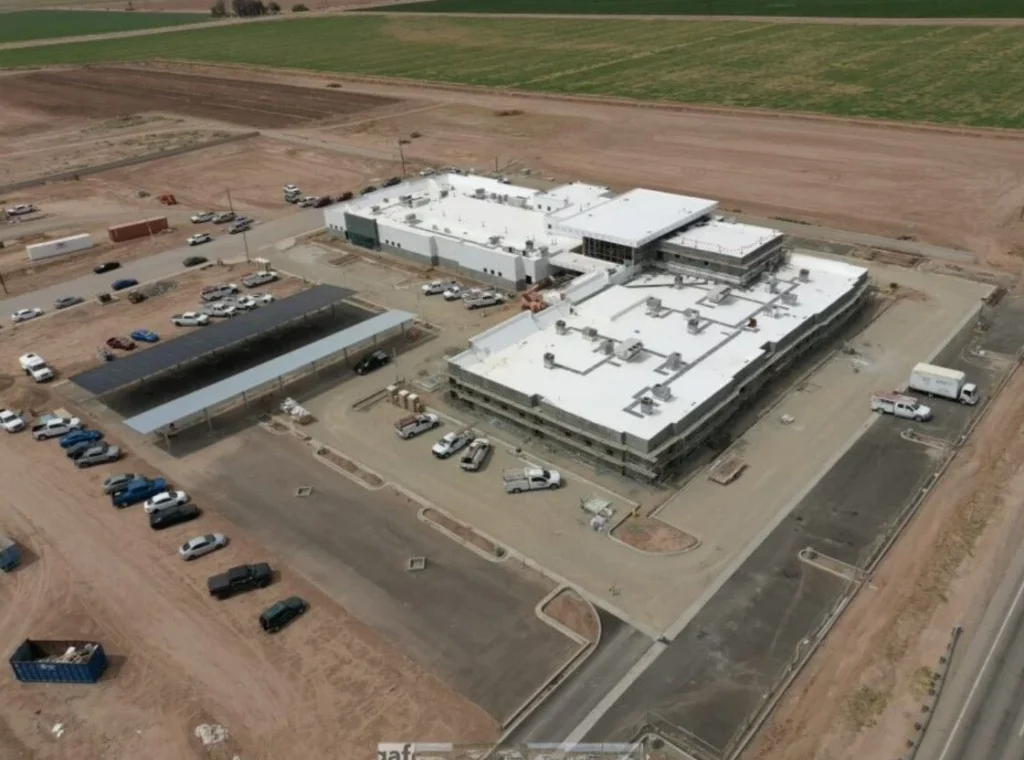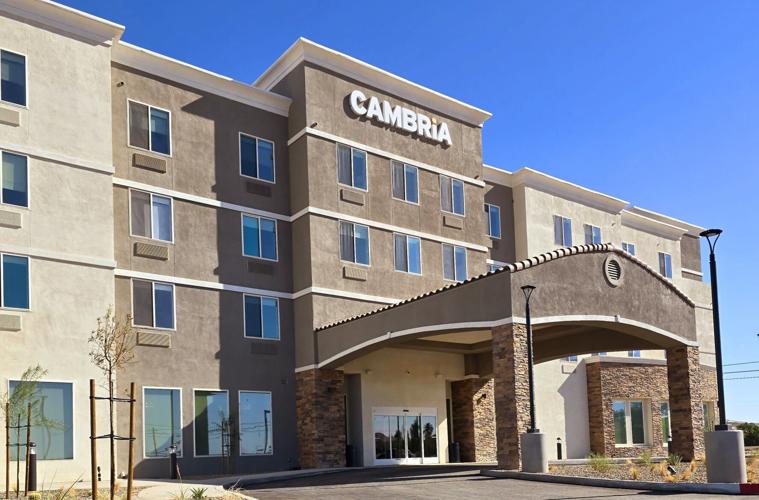3/2/2018 – SD Business Journal: Developer works on Seaport plan modification
By Thor Kamban Biberman
Protea Waterfront Partners is having to slightly alter its plans to redevelop the Seaport Village property because of a recently discovered earthquake fault that, despite being around 6,000 years old, is still considered active.
The hotels portion of the plan is subject to change. Currently, the developer's proposal calls for more than 1,000 rooms spread among a five-star hotel, a micro-hotel, and a modern hostel designed to provide the affordable lodging that the California Coastal Commission said must accompany the project.
Gafcon CEO Yehudi Gaffen, the project's active managing partner, said the fault is forcing the relocation of the micro hotel and a planned aquarium.
Gaffen, who spoke at the Burnham-Moores Center for Real Estate's 22nd annual real estate conference at the Hilton San Diego Bayfront Thursday, said that utilities also will need to be moved.
The fault line also means more open space will wind its way through the project.
"It's an evolutionary process," he said.
Gaffen estimated that 75 percent of the 40-acre site will be open space, adding that the goal is to have a development with a net-zero carbon footprint.
The 150,000-square-foot aquarium, referred to as "OdySea San Diego," will feature a 1.5 million-gallon "deep-sea diving experience" with more than 25,000 fish. It will house multiple ocean and fresh water habitats.
Gaffen noted that Protea has been in discussions with the Scripps Institution of Oceanography about a proposed educational facility offering career training for those who are interested in getting involved in marine-related fields.
The signature element of Seaport San Diego plan, also known as 1HW1, is a nearly 500-foot-tall spire that Gaffen said will serve as a San Diego icon, similar to The London Eye or the Sydney Opera House.
The 1HW1 plan also calls for a butterfly wonderland in which a tropical rainforest habitat will have thousands of butterflies from around the world flying in an enclosure.
Protea also is working closely with the San Diego Maritime Museum, which is rapidly running out of space, for a place to moor and exhibit its vessels.
The exact amount of parking is another element that is subject to change. Not only does the development team need to know how much is needed, parking structures will be challenging to develop given the high water table.
Developing garages at this location would utilize what has been referred to as a "concrete bathtub" to keep the water out.
Gaffen also said planners are discussing an innovative proposal to develop a series of traffic circles on Harbor Drive in front of the property as a way of encouraging pedestrian traffic.
While acknowledging that the proposed $1.3 billion project could have challenges in terms of financing, Gaffen said it is doable by "eating the elephant one bite at a time."
The development team is exploring contacts with debt and equity financing providers as well as high net worth individuals.
"Everyone said wait for the entitlements," he said.
When those funds do come, Gaffen said the project could create 7,000 to 8,000 permanent jobs on the waterfront.
Gaffen said he is more worried about changes in the political environment affecting the project. The Port District has already made more than 50 amendments to its latest master plan.
Despite all of the concerns, Gaffen said he is convinced the project will get built.
"I have no doubt the project will happen," he said.
In the meantime, the Seaport San Diego team won a victory last month when the Board of Port Commissioners voted to allow the development team to run Seaport Village as it progresses on the new project.
Port staff had recommended that Dallas-based Stream Realty Partners be given an interim contract to run Seaport Village, arguing that Stream could give the Port a better deal.
The existing Seaport Village property includes 50 specialty retailers, 17 eating and dining options, outdoor entertainment, and parking.
While the team reported late last year that it plans to break ground on the project in 2021 with a three- to four-year buildout, timetables could change depending on processing times and other factors.




